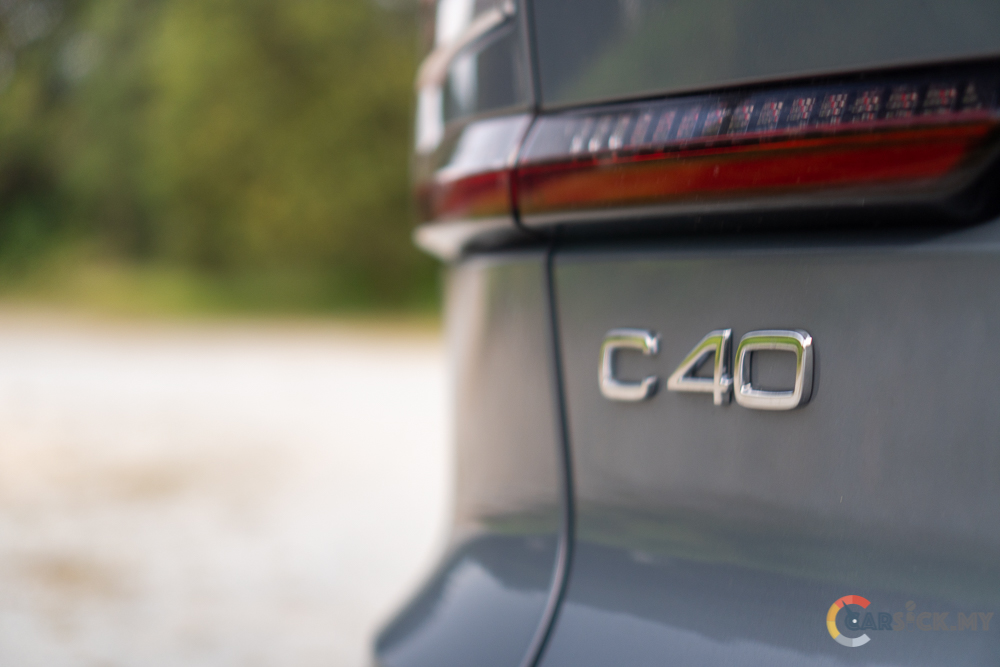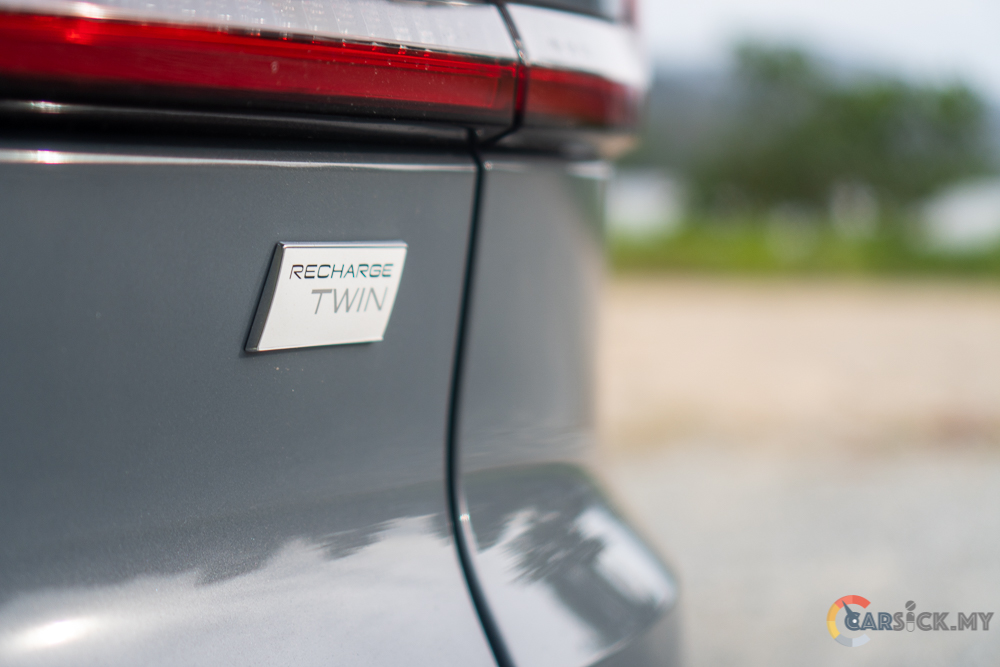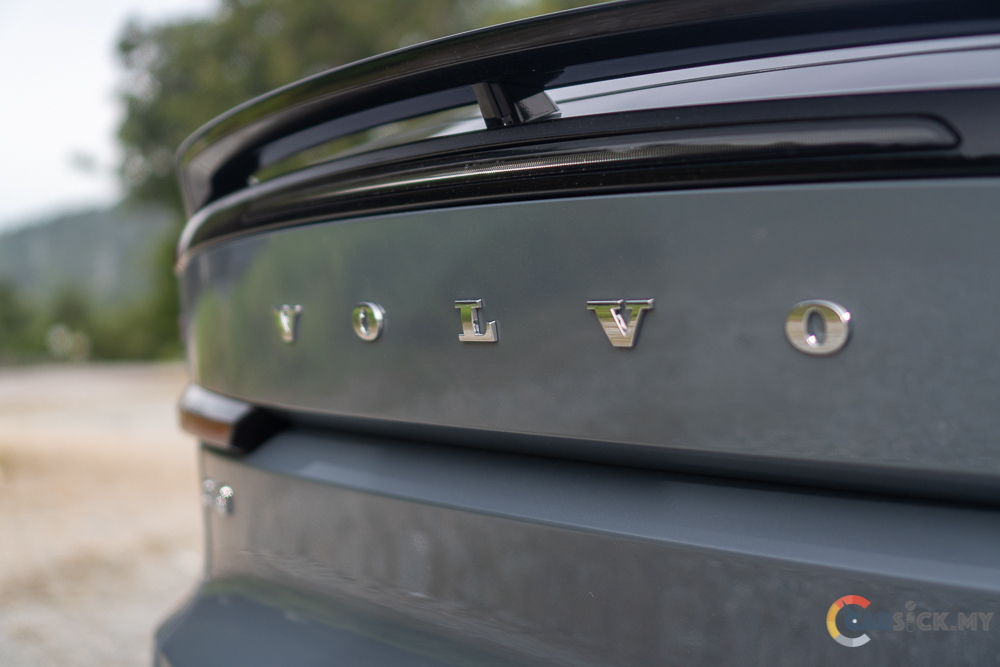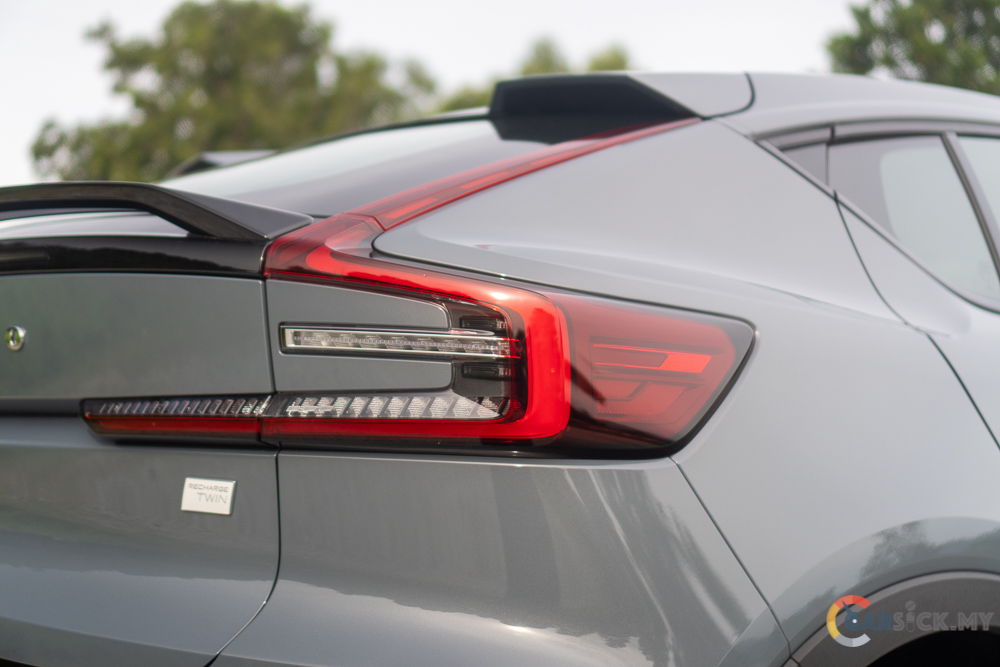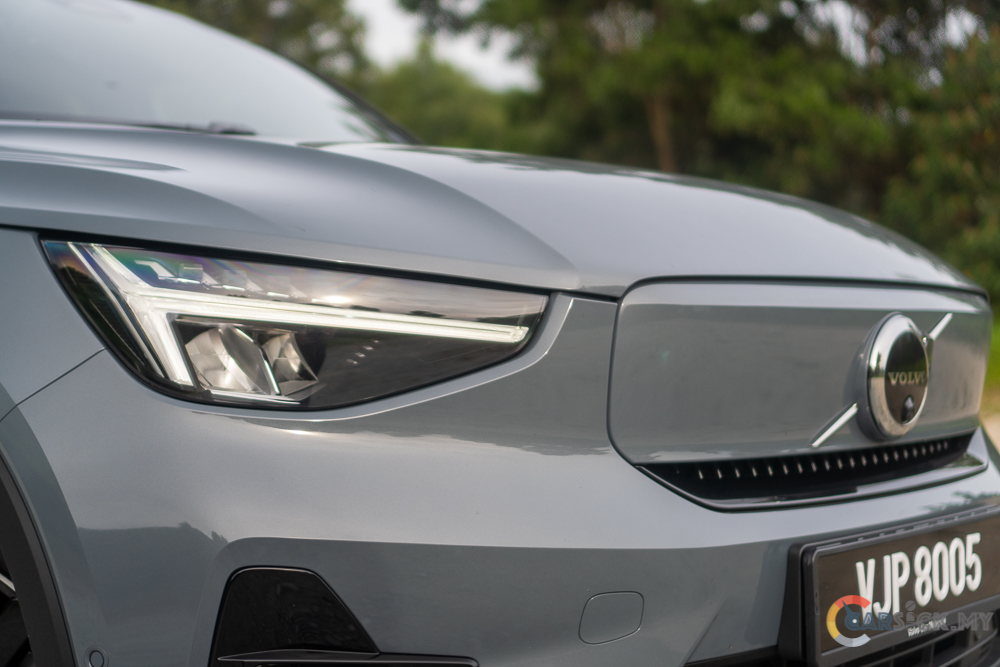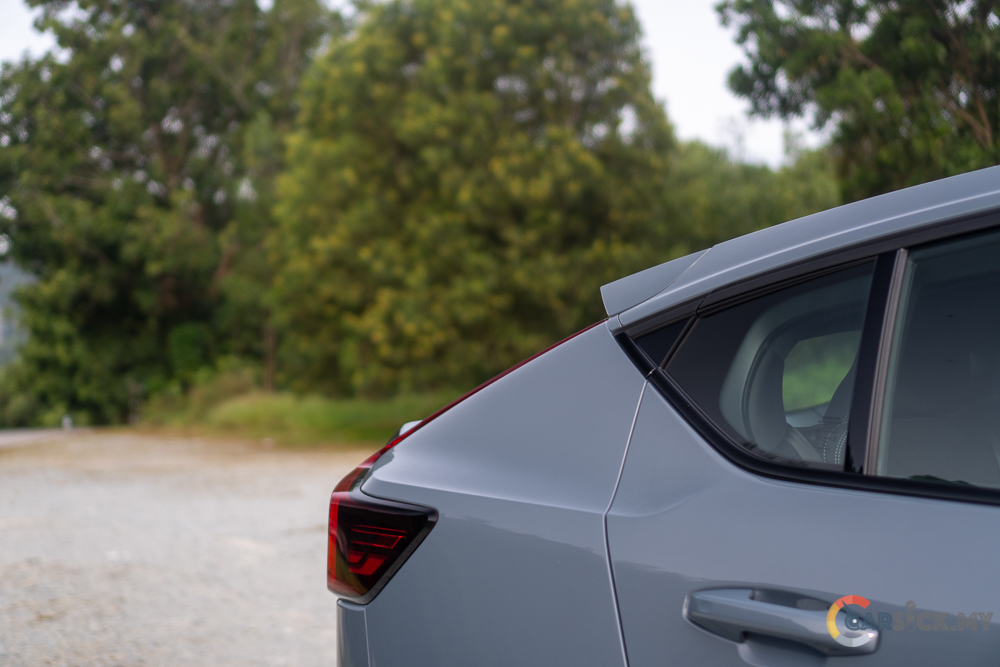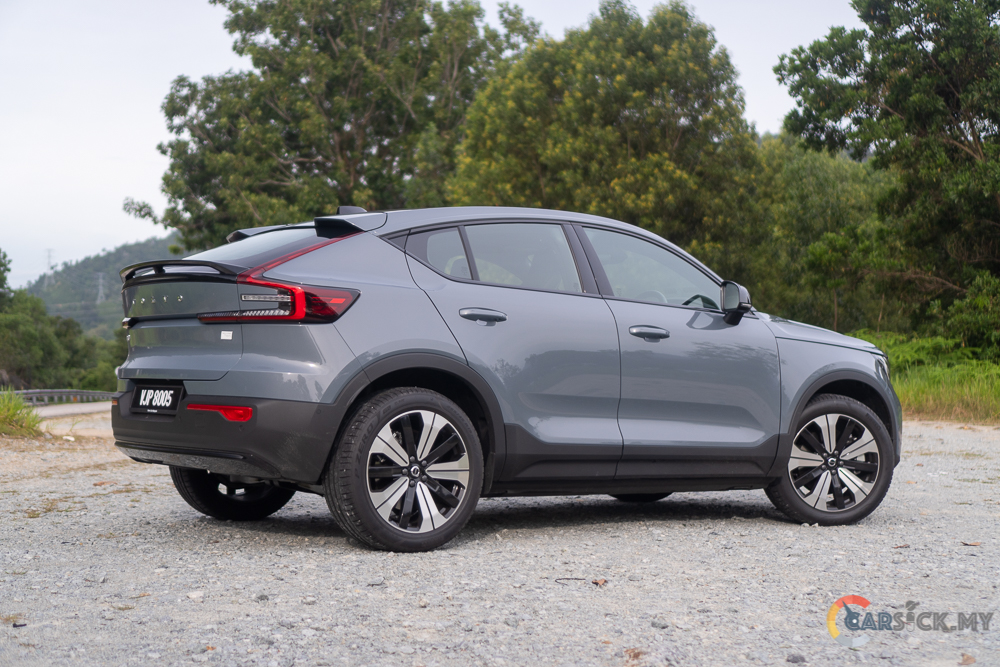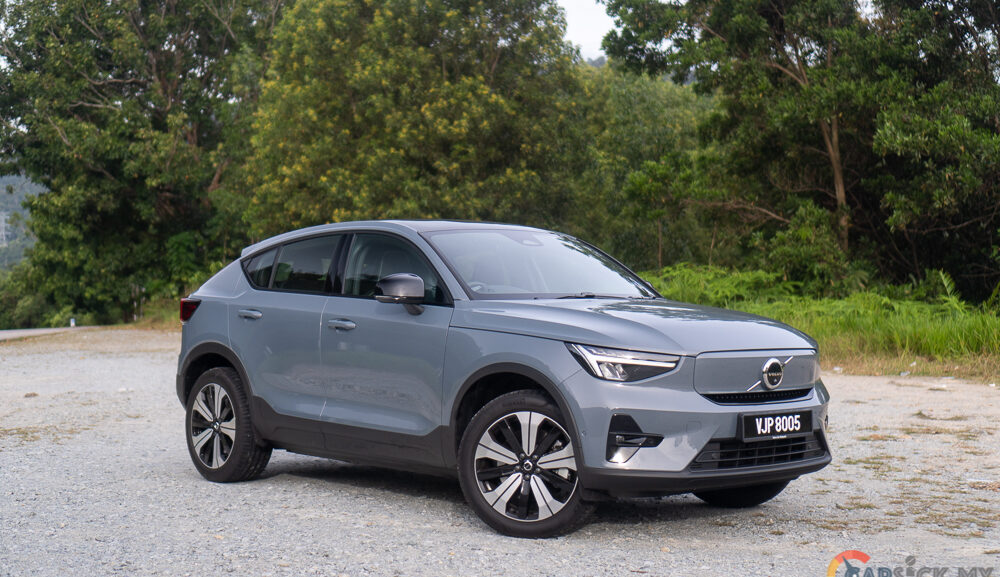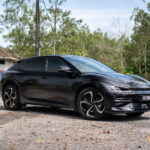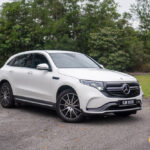Initially scheduled for a June 2022 release, Volvo Car Malaysia postponed the launch of the Volvo C40 due to high demand for the XC40 Pure Electric, pushing it to the end of the year. This delay not only allowed Volvo to fulfill the demand for the XC40 but also enabled them to launch the C40 with its 2023 update. The Volvo C40 is essentially the coupe version of the XC40, retaining the 4-door configuration but with a sleeker and more stylish appearance. In this review, I will examine whether the new Volvo C40’s coupe profile affects its practicality.
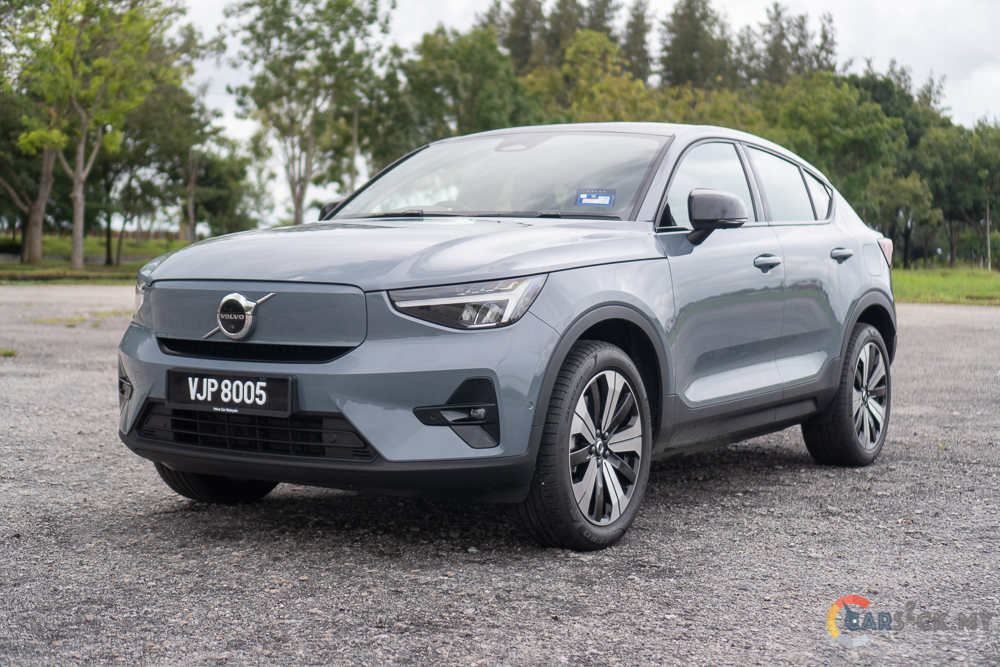
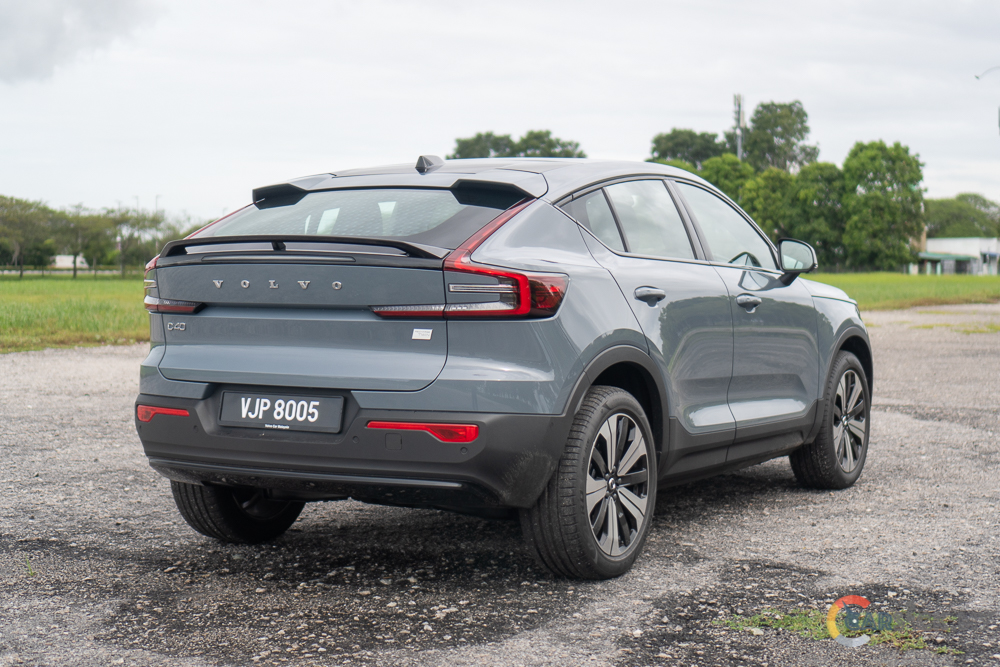 Upon first glance at the C40, you’ll immediately recognize its shared front with the XC40. However, for the 2023 model year, the C40 receives a revamped headlight design, which exudes more fashion-forward aesthetics than its predecessor. The most significant modification made to the C40, however, is its rear profile, which now features a sloping design that runs all the way to the back of the vehicle. This alteration paves the way for stunning tail lights that add to the car’s overall appeal. It is worth mentioning that, for the first time in Volvo’s history, the taillights are now programmed to illuminate in a sequence, which creates an impressive light show when the SUV is unlocked at night.
Upon first glance at the C40, you’ll immediately recognize its shared front with the XC40. However, for the 2023 model year, the C40 receives a revamped headlight design, which exudes more fashion-forward aesthetics than its predecessor. The most significant modification made to the C40, however, is its rear profile, which now features a sloping design that runs all the way to the back of the vehicle. This alteration paves the way for stunning tail lights that add to the car’s overall appeal. It is worth mentioning that, for the first time in Volvo’s history, the taillights are now programmed to illuminate in a sequence, which creates an impressive light show when the SUV is unlocked at night. 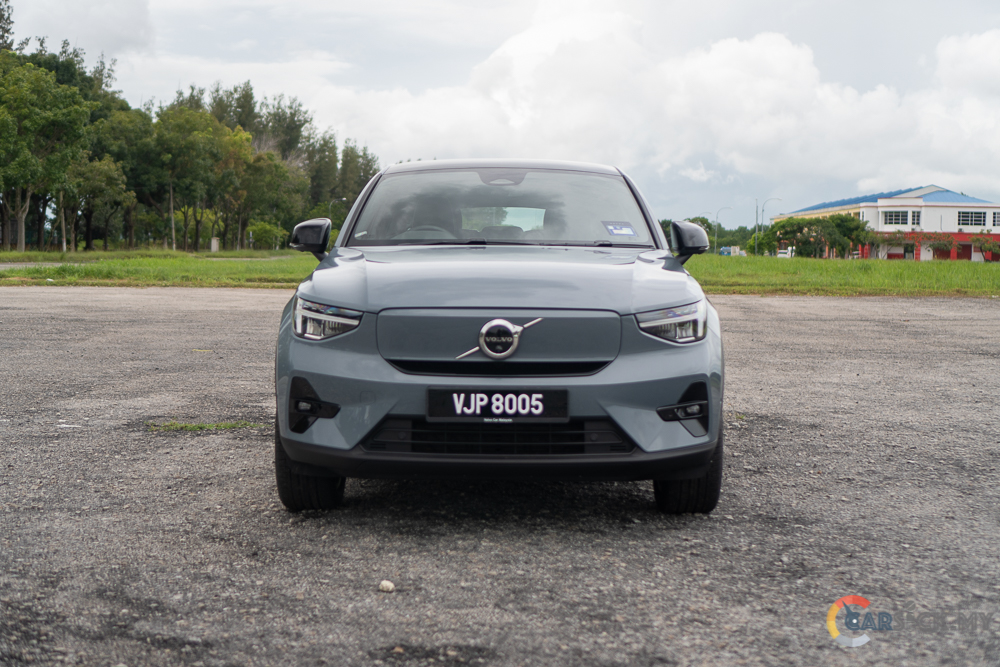
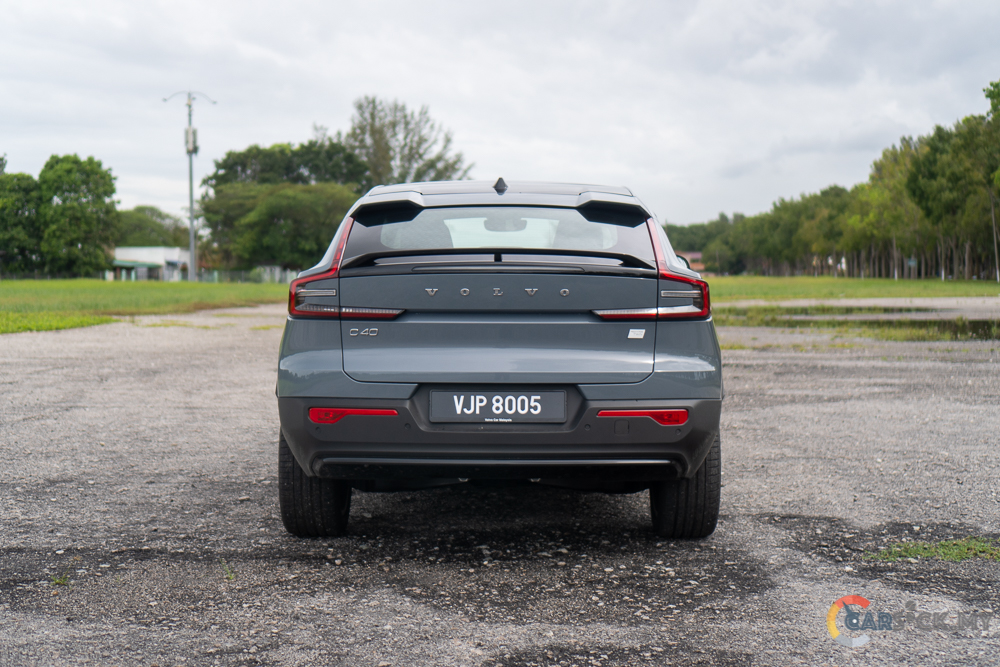
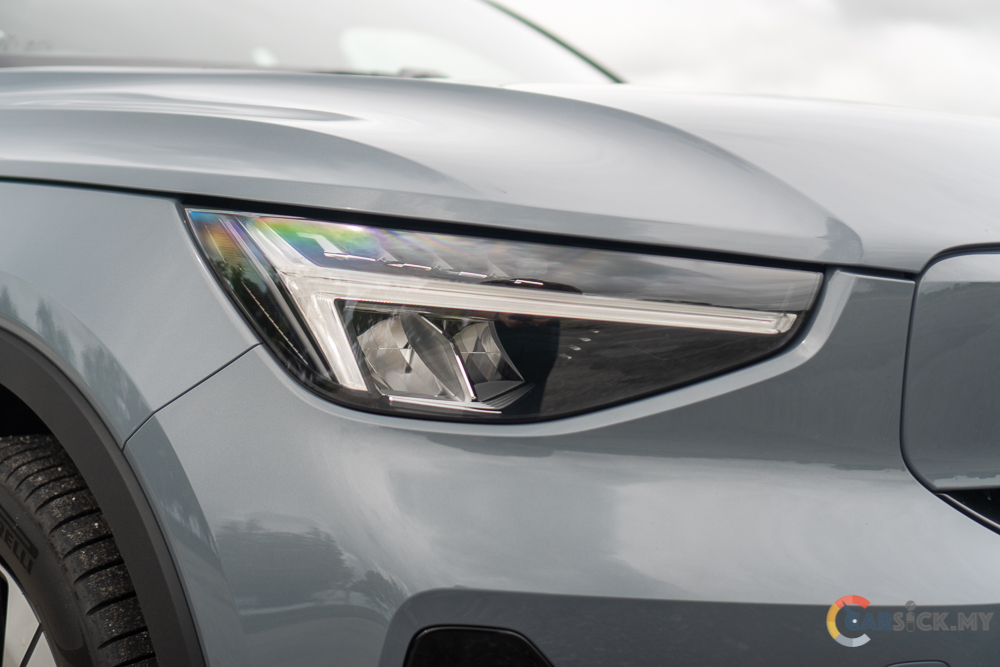
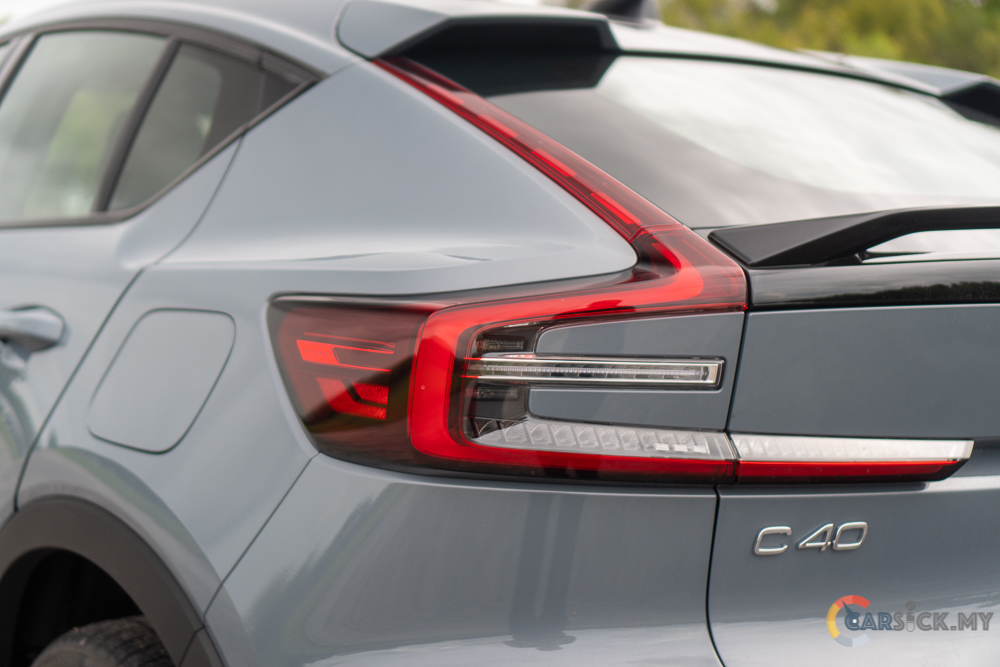
With the sloping roofline, it gives the C40 a tailgate opening resembling a coupe. To enhance the vehicle’s sporty look, Volvo has incorporated a Civic Type R-like roof spoiler to aid in directing the airflow at the back of the car. Additionally, the C40 is equipped with an updated set of rims that look better than the ones on the pre-facelift XC40. The new rim design is complemented by 235/50 R19 tyres at the front and 255/45 R19 tyres at the rear, ensuring the car’s stability. 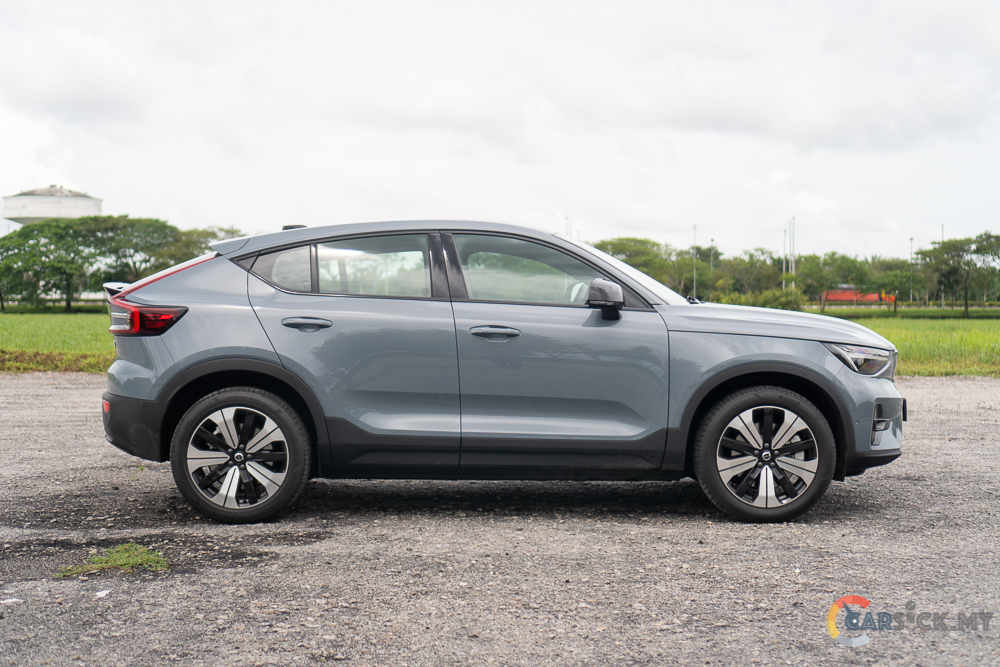
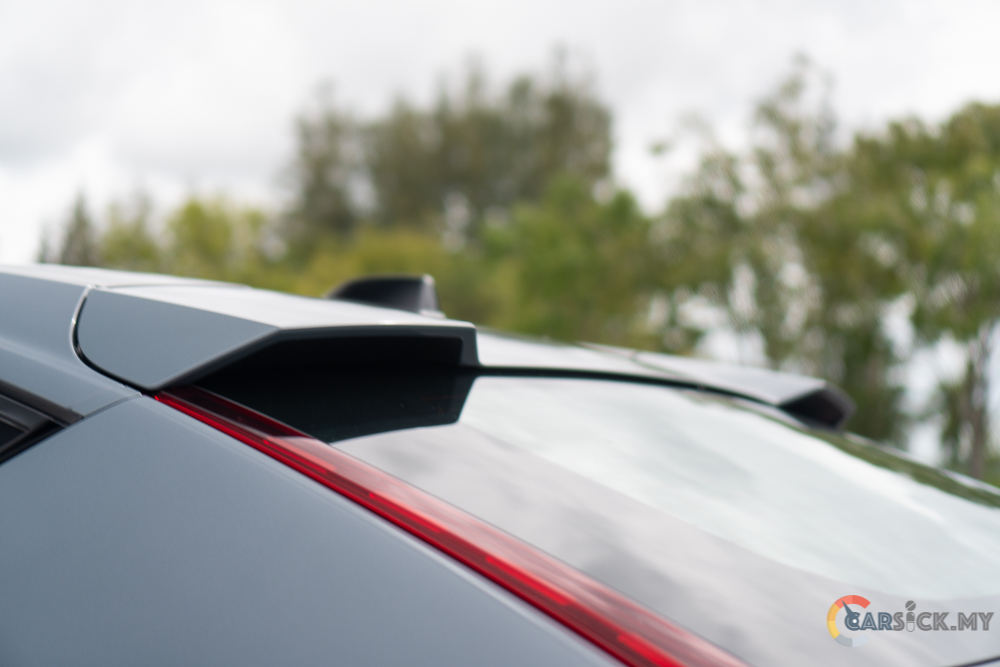
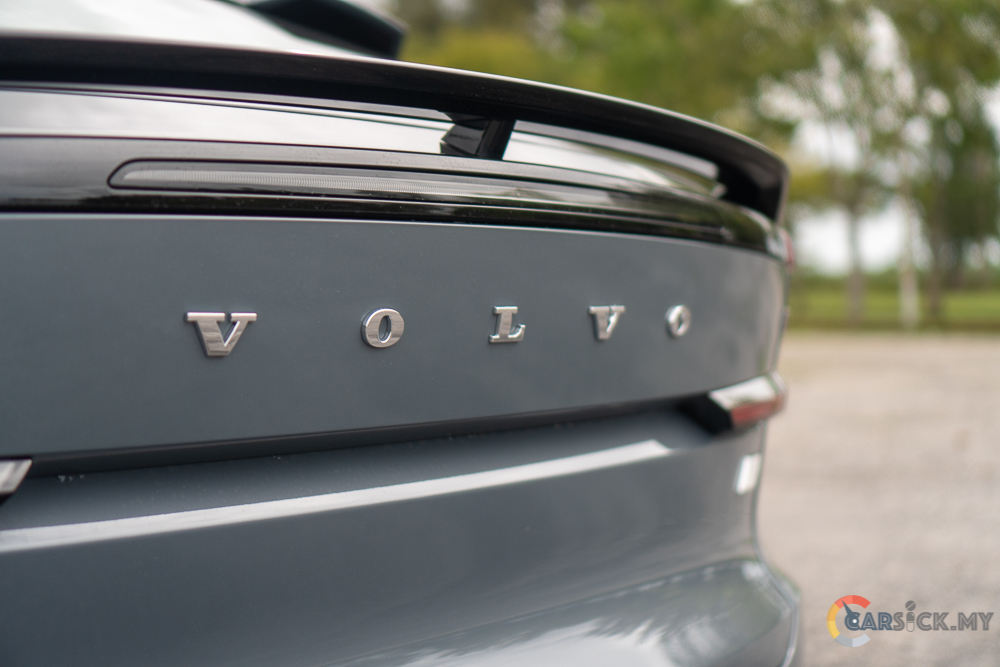
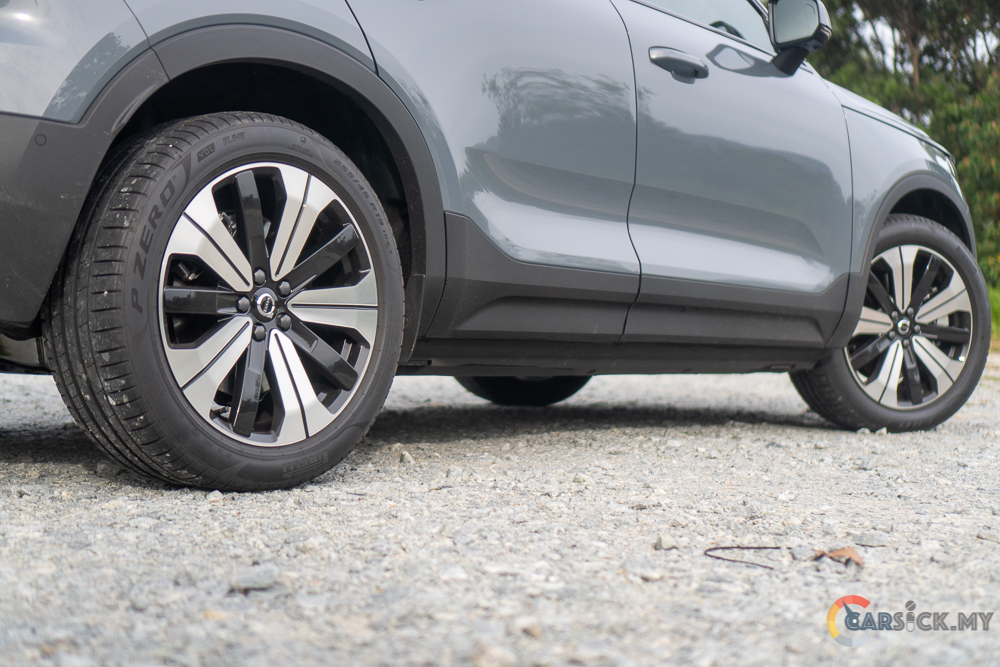
For the interior of the C40, it closely resembles the XC40 with few differences. However, Volvo has added some exclusive features to enhance the interior for the 2023 model year. The dashboard and front door panels of Volvo vehicles now display the topography of a Swedish mountain, providing a distinctive touch. It’s worth noting that this feature is only available on the front door panels and not on the rear door panels, which is somewhat disappointing. 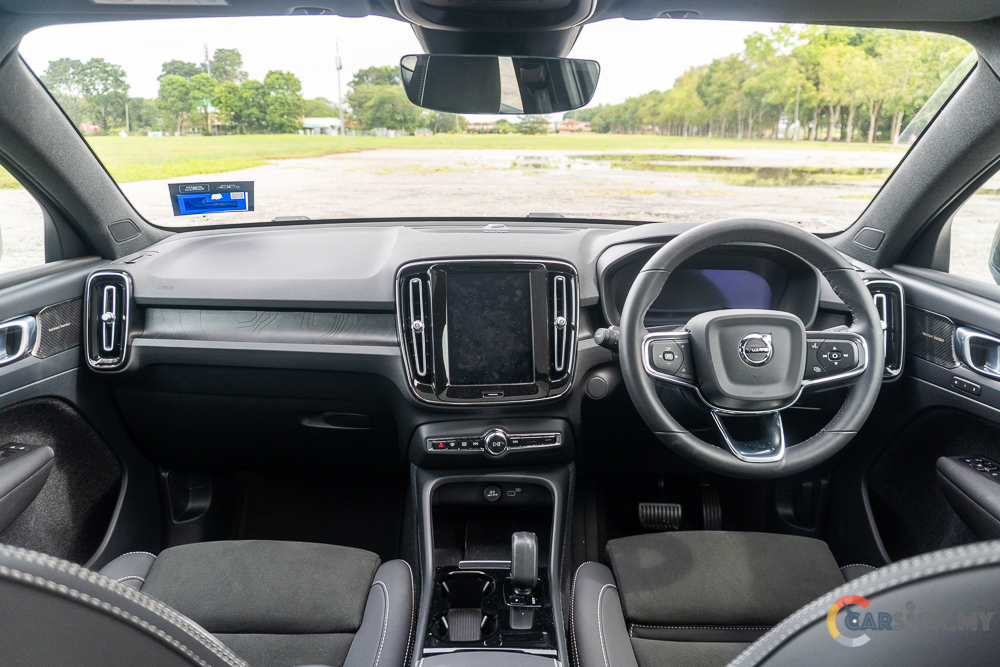
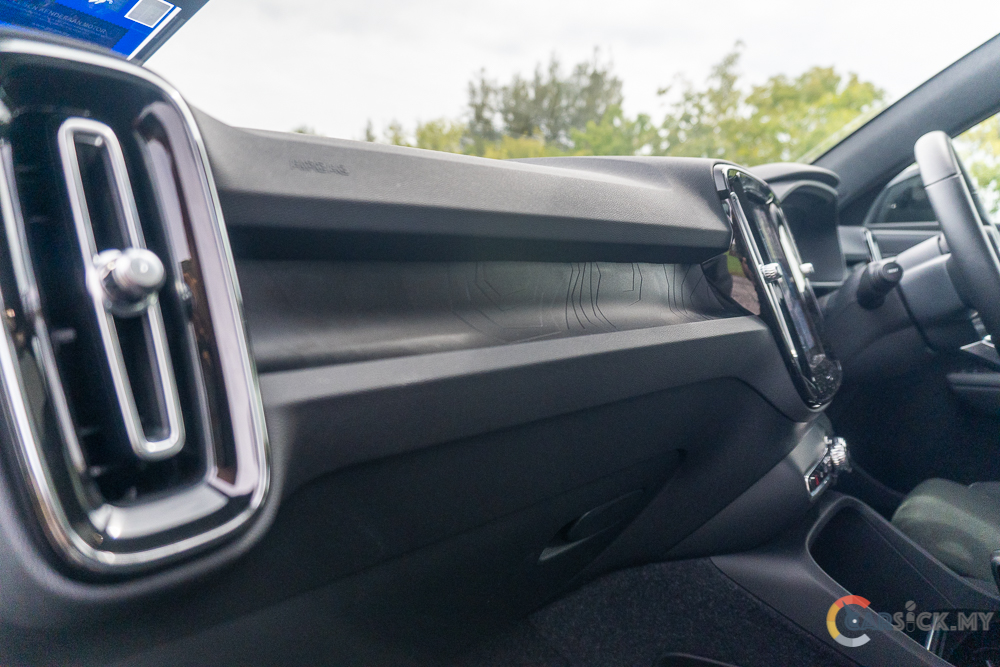
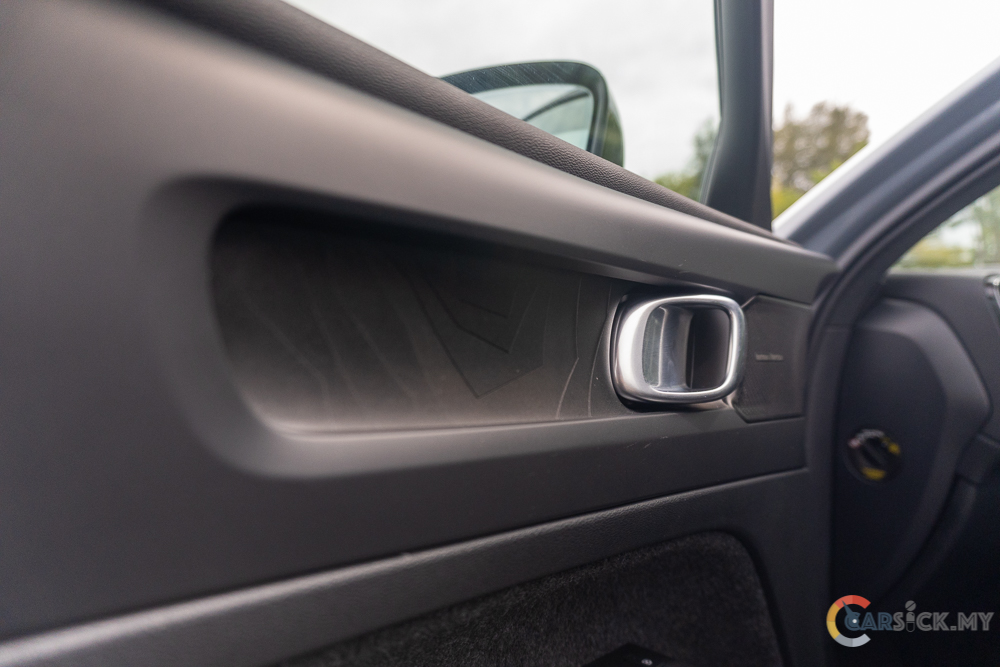
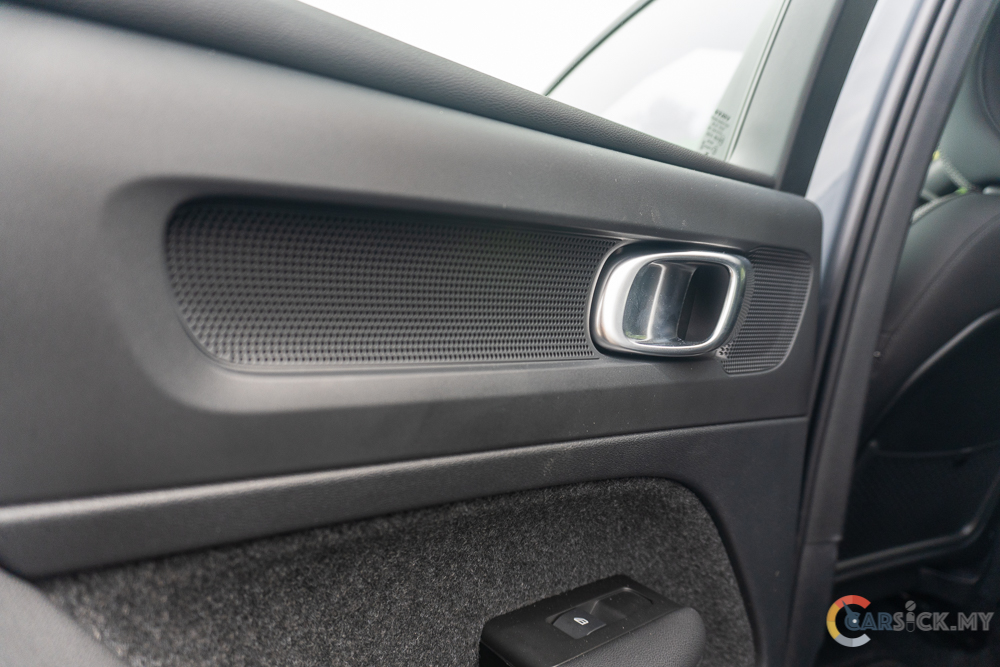
On the dashboard, the C40 comes with a tablet-style infotainment screen and a digital instrument cluster, similar to other contemporary Volvos. The C40 runs on the Android Automotive system, which enables a connected driving experience, as seen in other modern Volvos. iPhone users can connect their phones to the infotainment system via Apple Carplay, just like in the XC90. Additionally, the Harman Kardon premium sound system is integrated with the infotainment system, offering an enjoyable in-car entertainment experience. 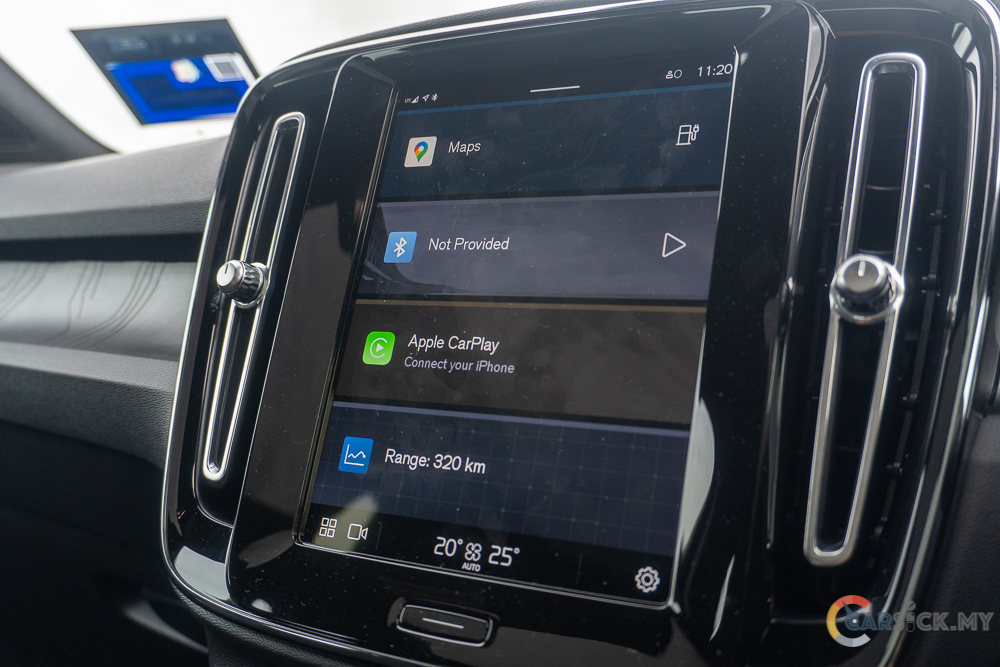
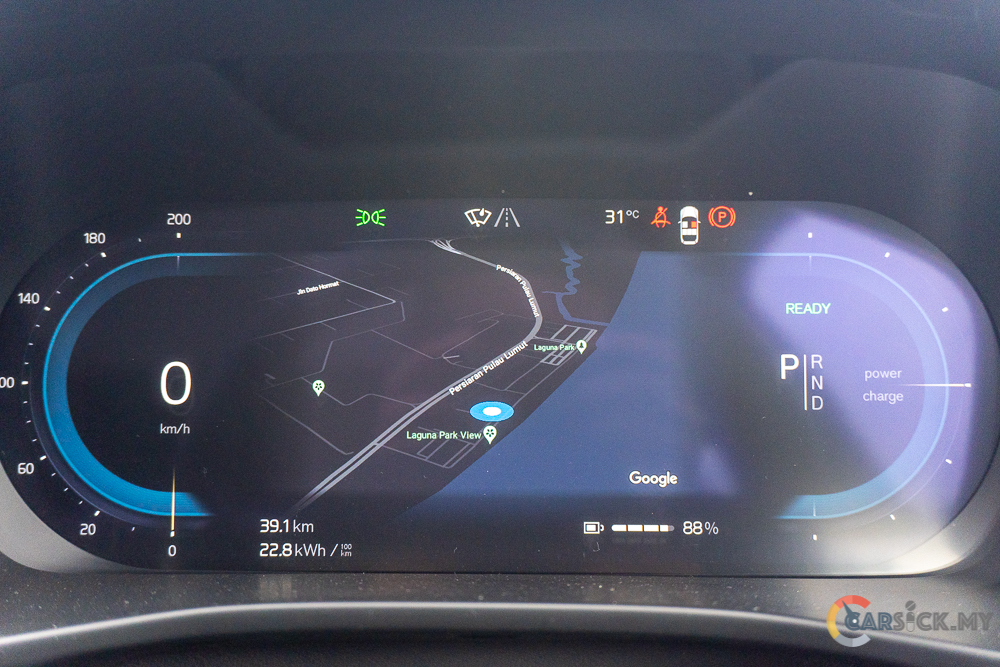
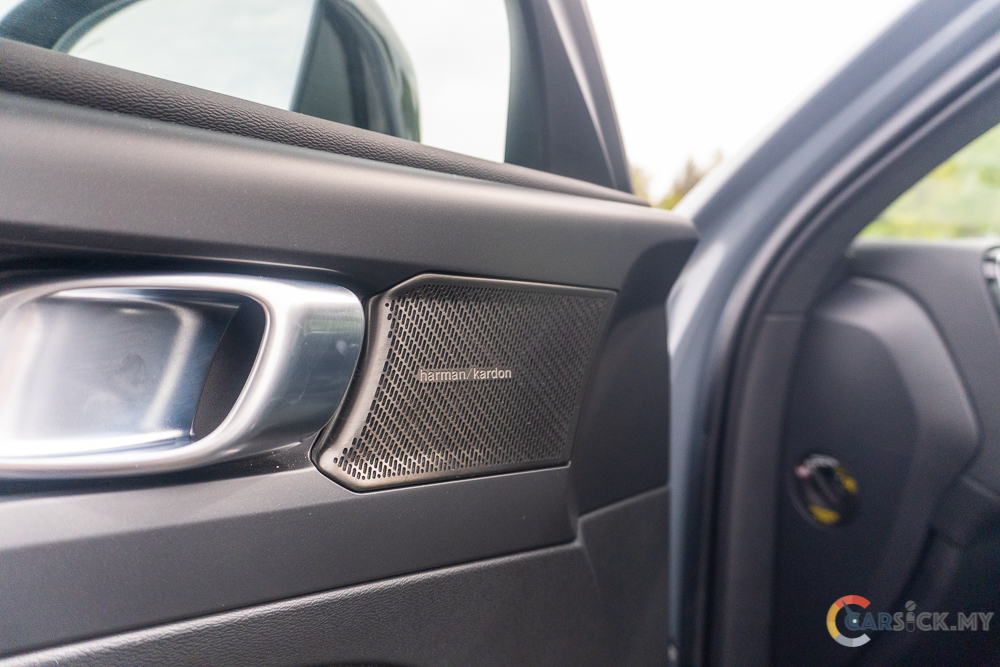
The driver’s seat resembles the one in the Volvo XC40, providing excellent comfort and support. However, while seated, I found the large glass roof tends to heat up my head under the hot sun. The panoramic roof offers a better viewing experience for rear passengers, but lacks any cover, necessitating a darker tint to prevent excessive heat from building up inside the vehicle. Additionally, due to the sloping roof design, the driver’s view from the rearview mirror is somewhat restricted. 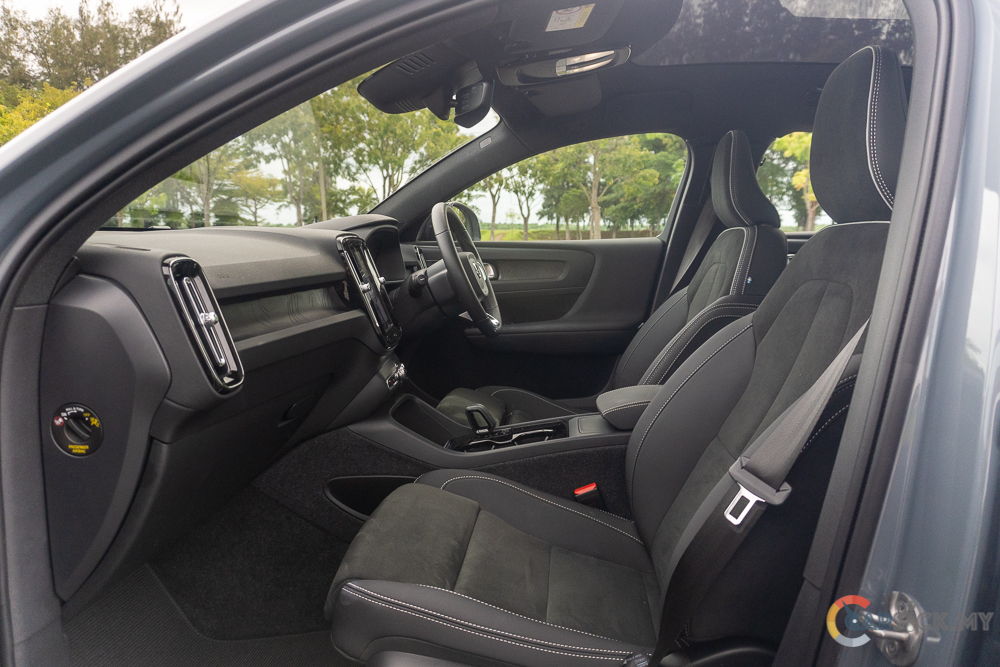
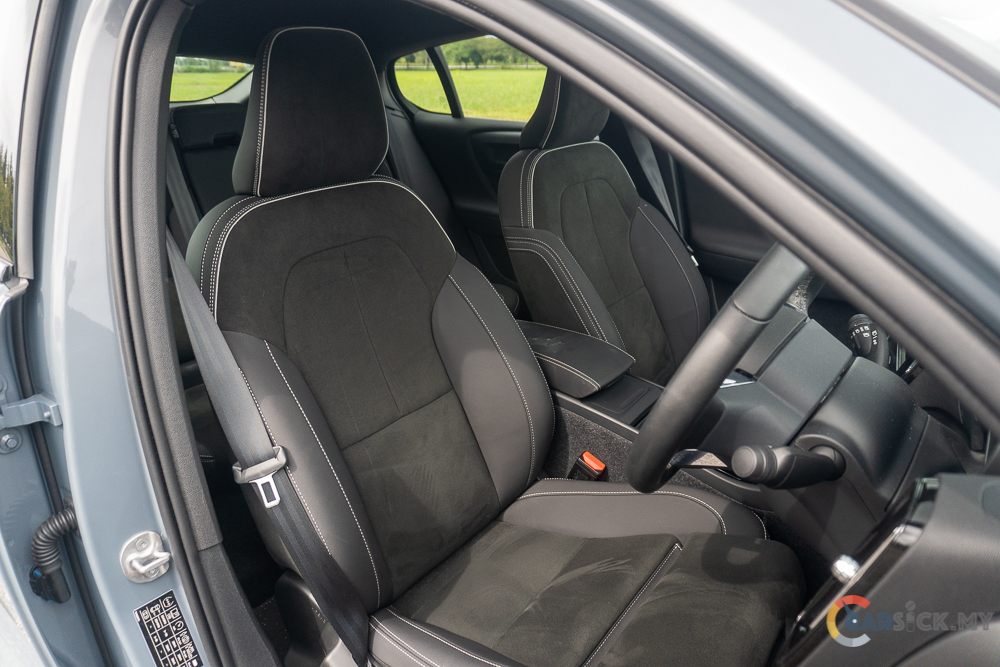
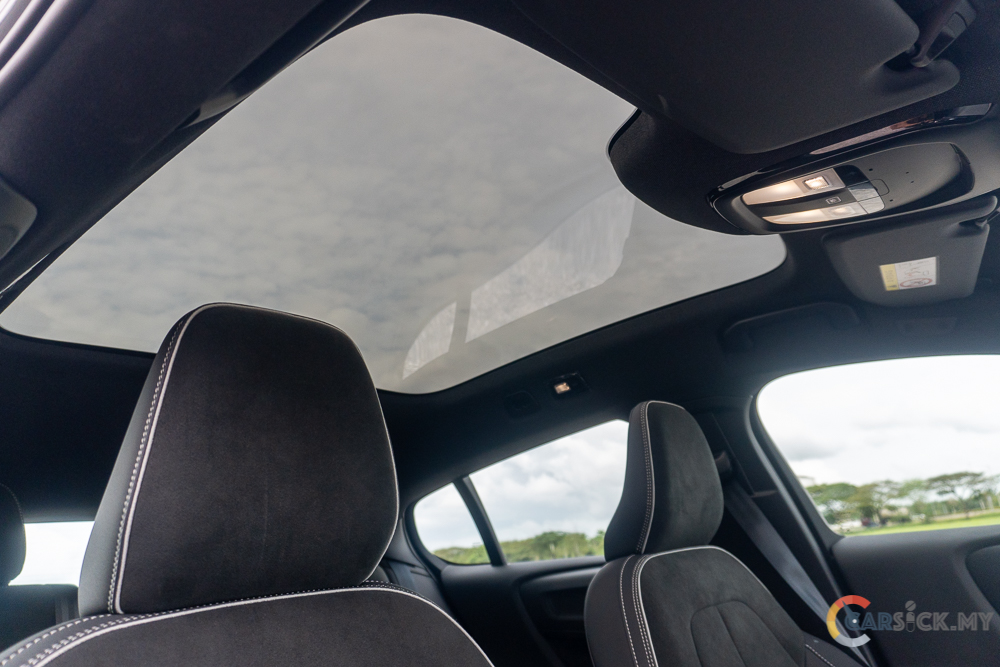
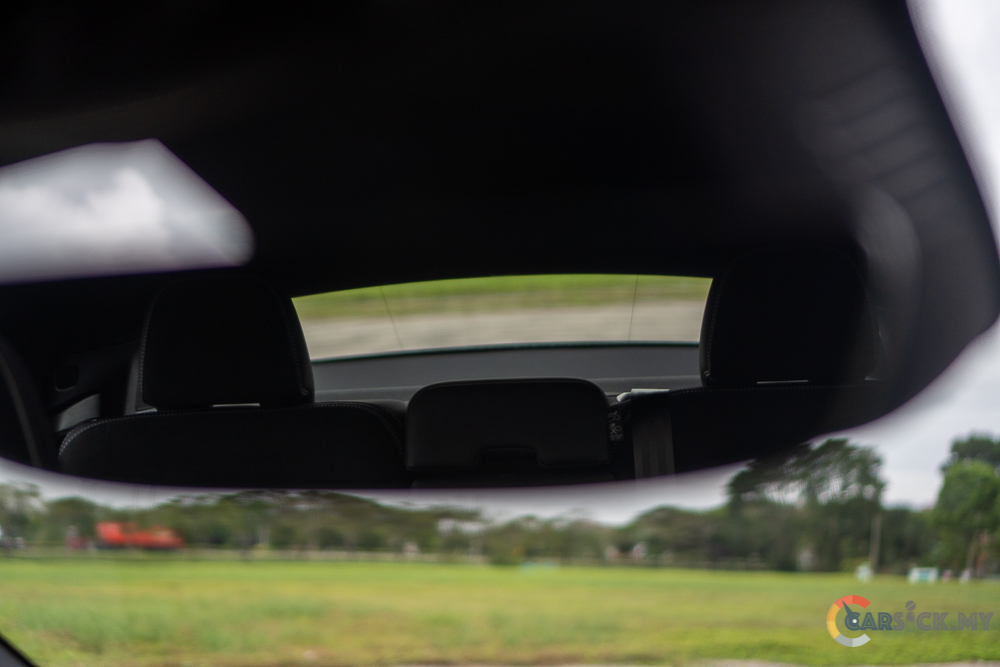
Despite the sloping roof design, the rear passengers still enjoy a decent amount of headroom, possibly due to the panoramic roof that keeps their heads from hitting the roof. The back seat also offers ample legroom, although I did observe that Volvo achieved this by shortening the seat bench. As a result, it feels like only the rear end is supported, with inadequate thigh support. 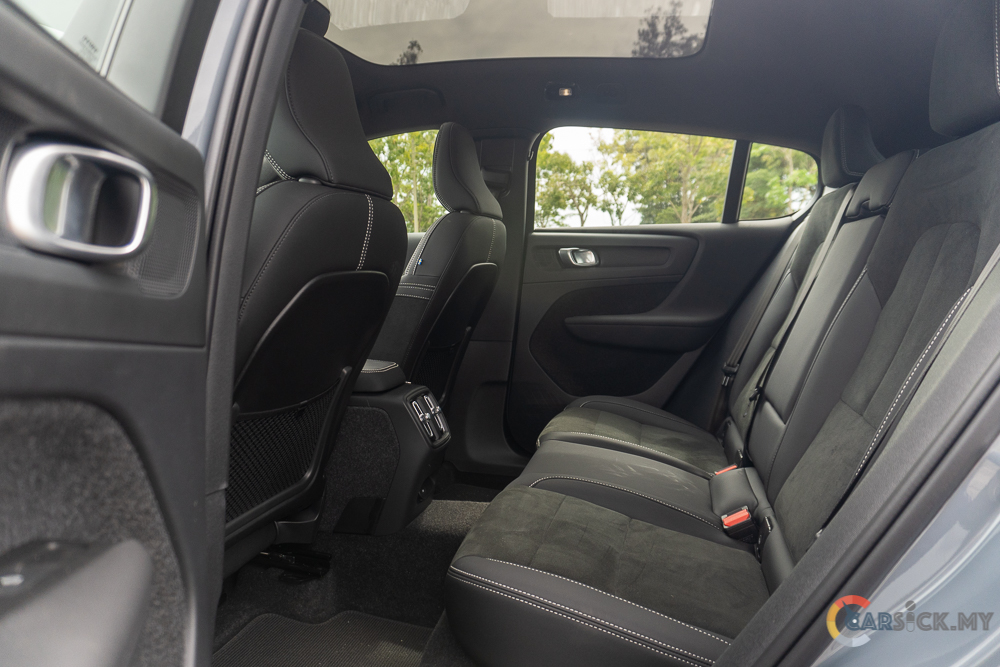
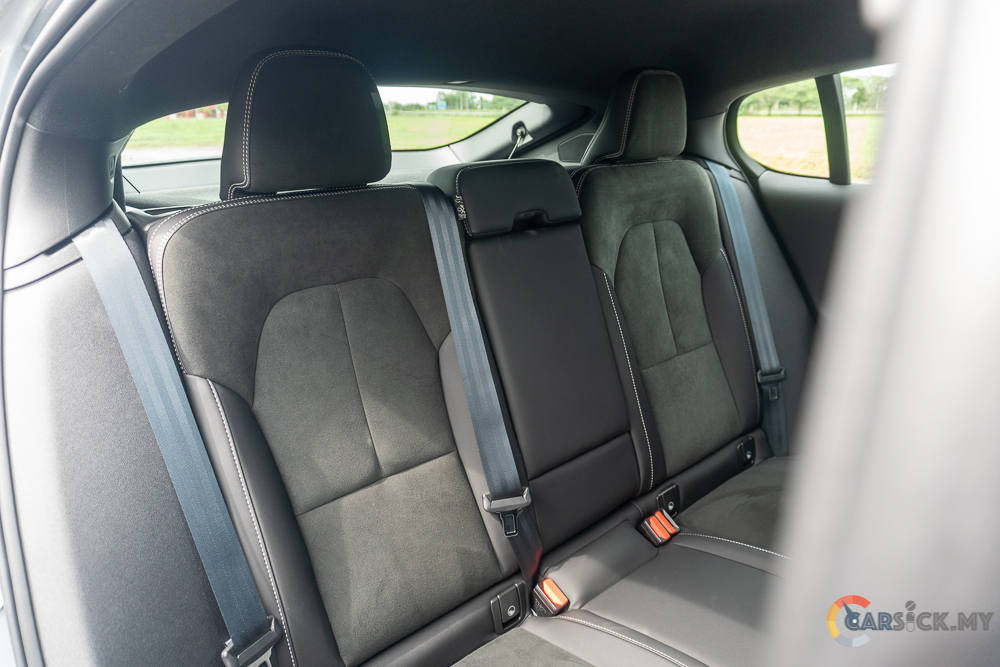
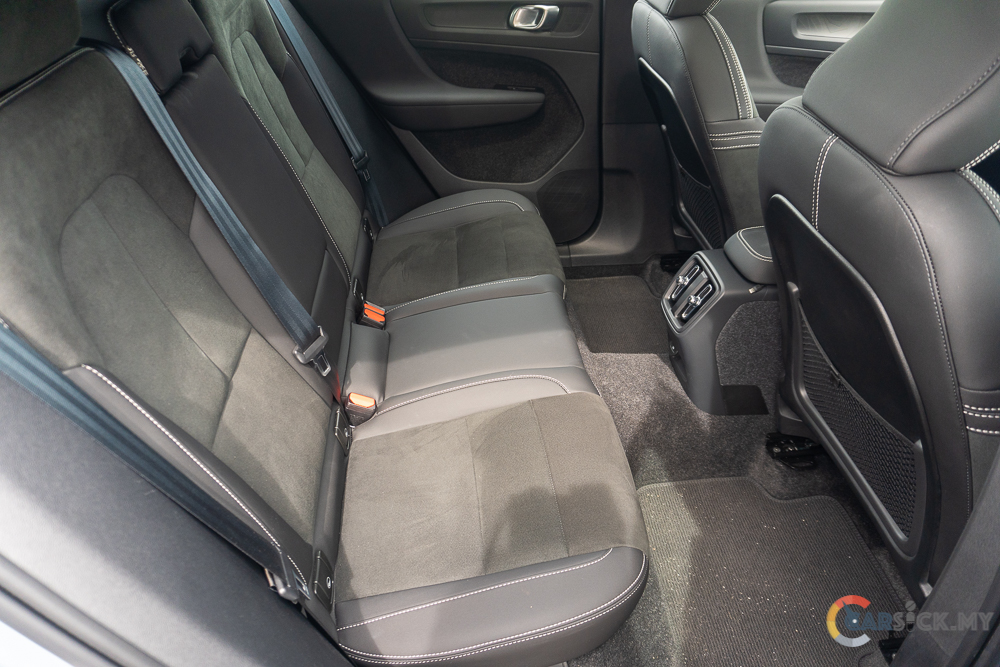
Even with a sloping roof, the C40 offers a respectable amount of room to transport your belongings. The usable boot space in the rear measures 413L and can be expanded by folding down the rear seats, creating a flat surface for easier loading. The tailgate opening style also enables easy access to the deeper portion of the boot without any obstruction. Additionally, a small storage compartment is located under the hood to accommodate smaller items. 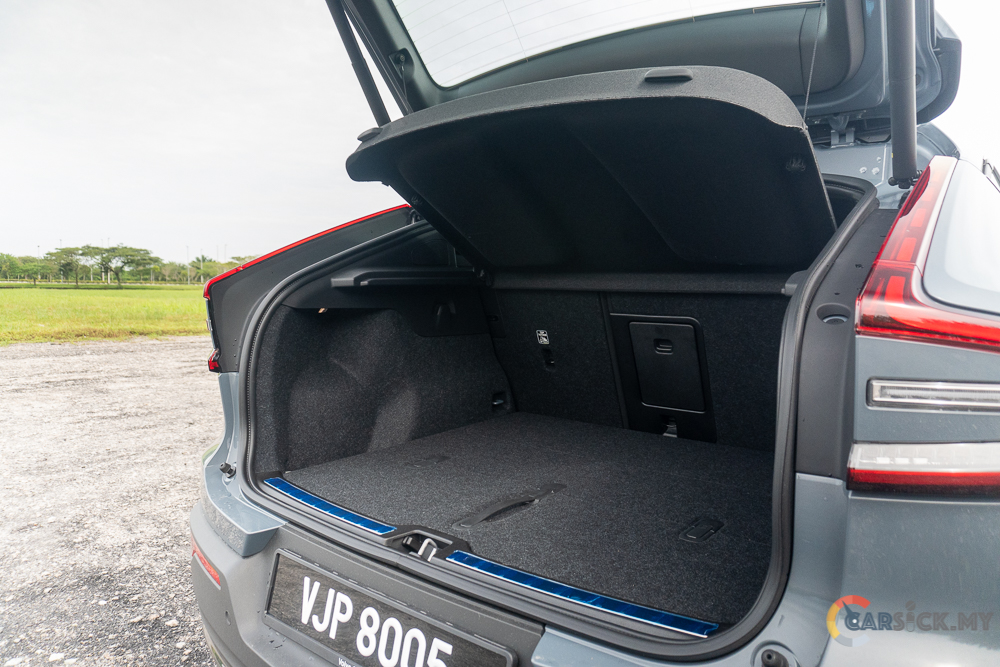
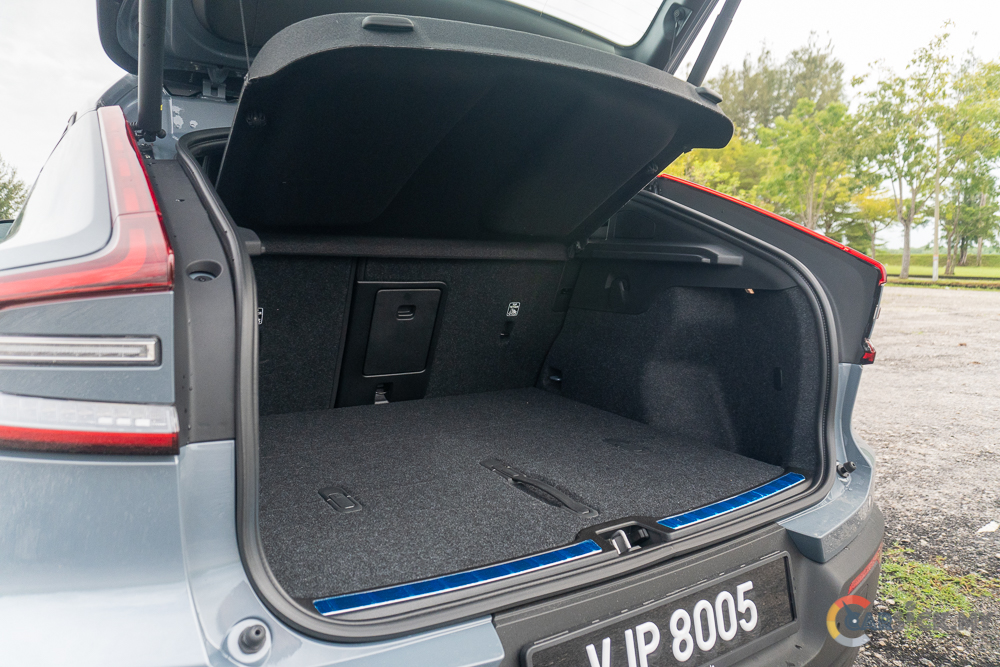
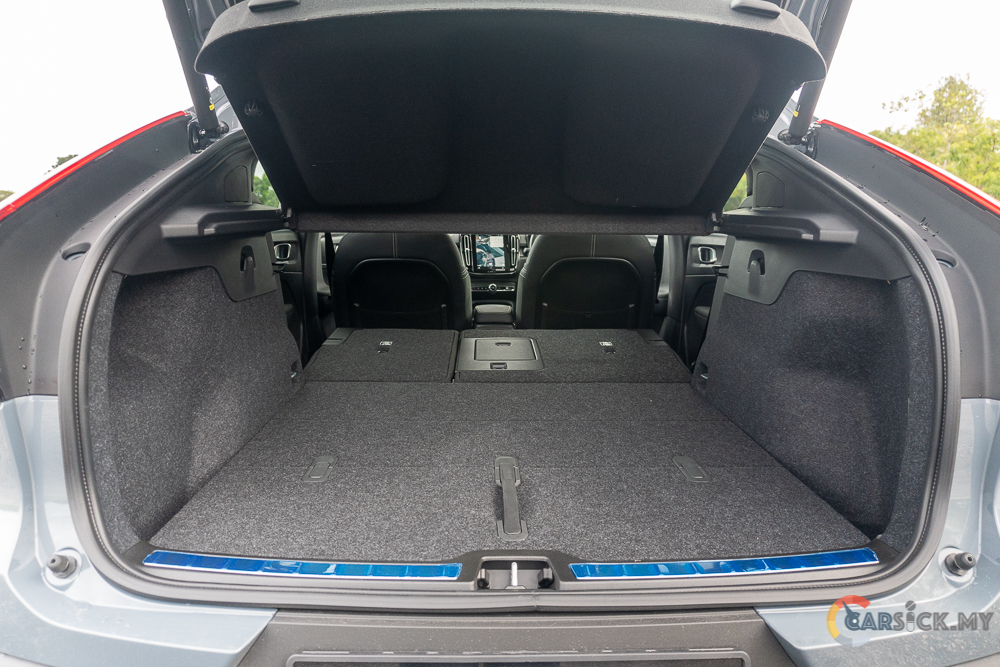
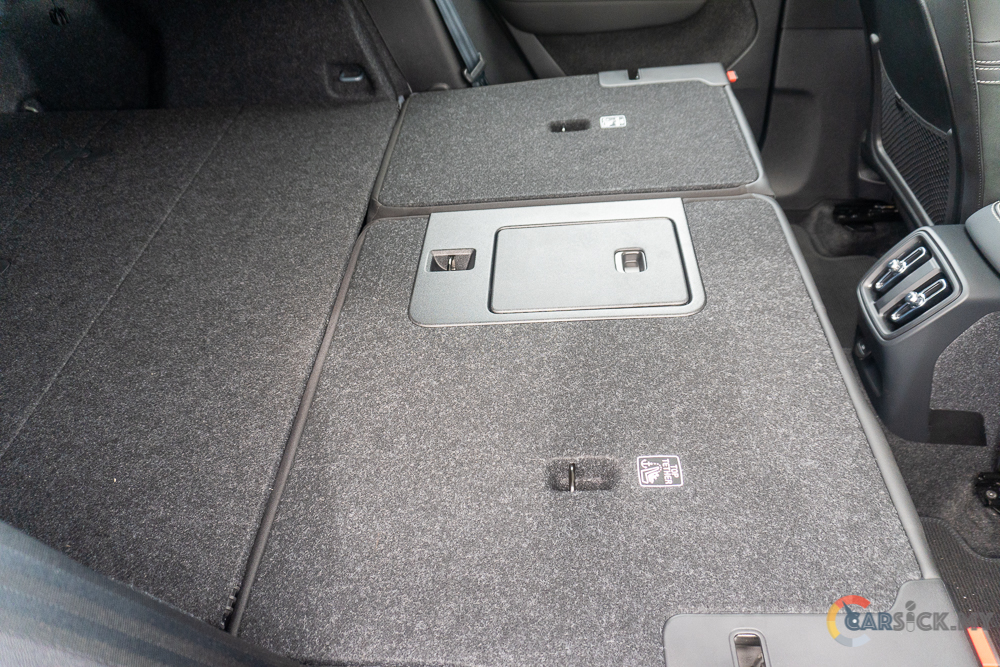
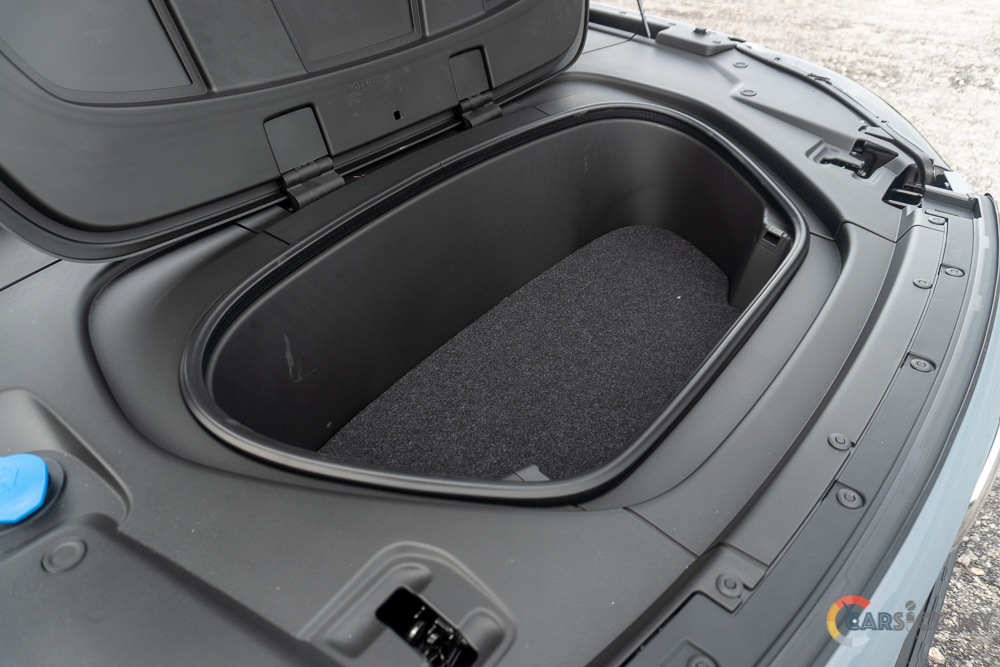
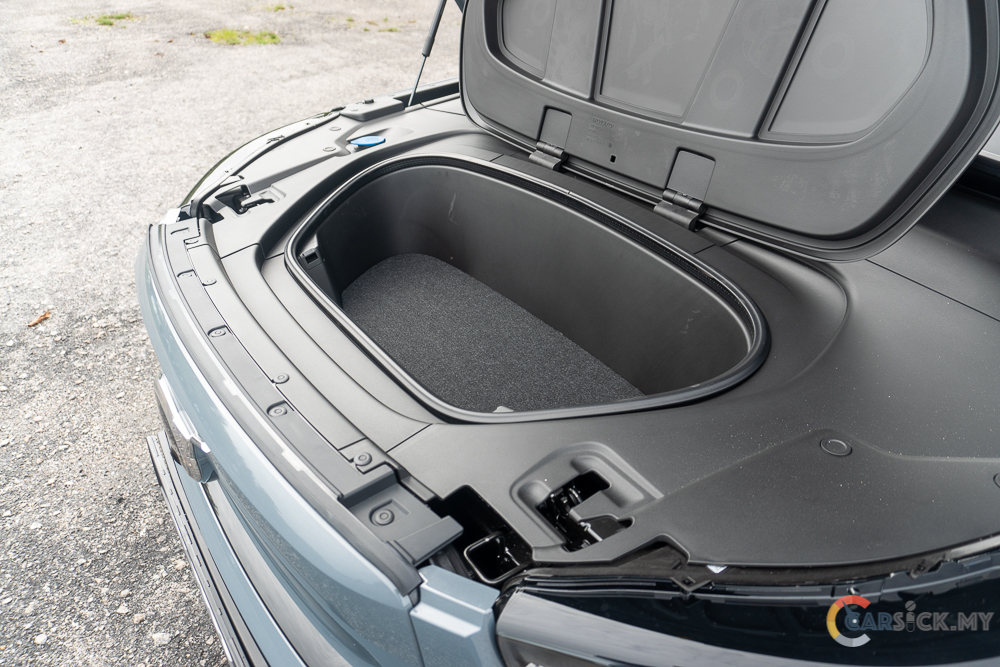
Similar to the XC40, the C40 boasts two electric motors on each axle, rendering it an all-wheel drive SUV. This identical configuration also means that both vehicles share the same 78kWh battery. Equipped with this powertrain, the C40 generates an impressive total output of 408 horsepower and 660 Nm of torque, enabling it to accelerate from 0 to 100km/h in just 4.7 seconds and reach a top speed of 180 km/h. The battery has a capacity of 78 kWh, and the C40 offers a range of 450 km. 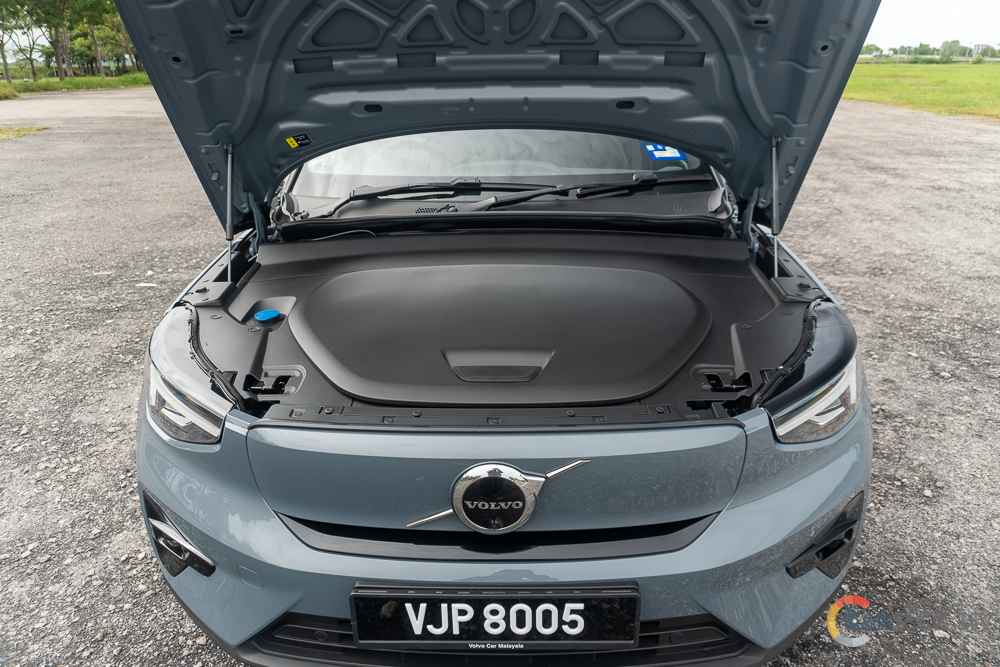
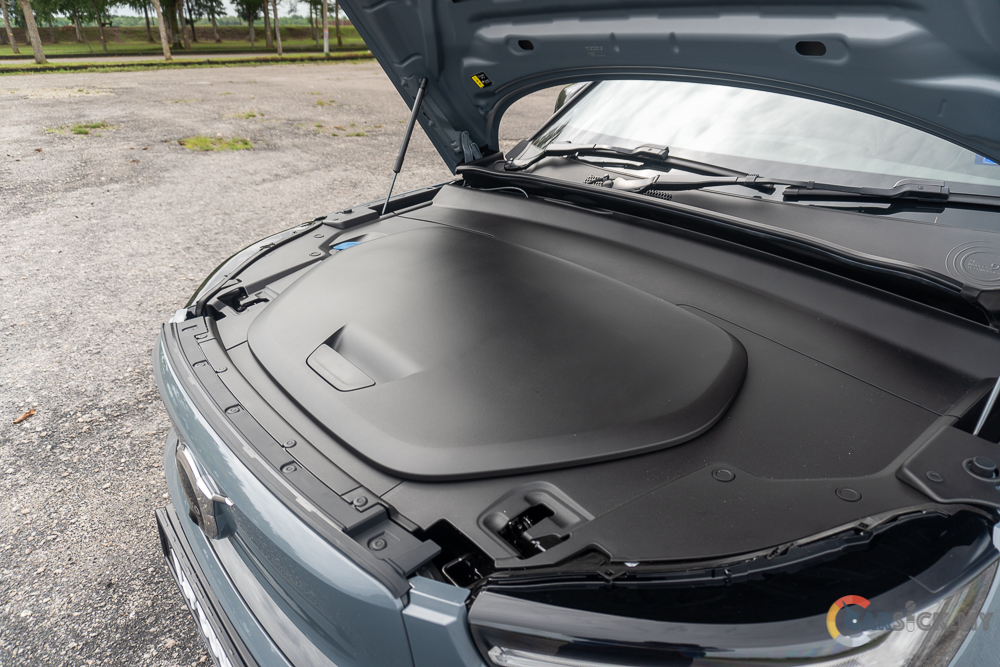
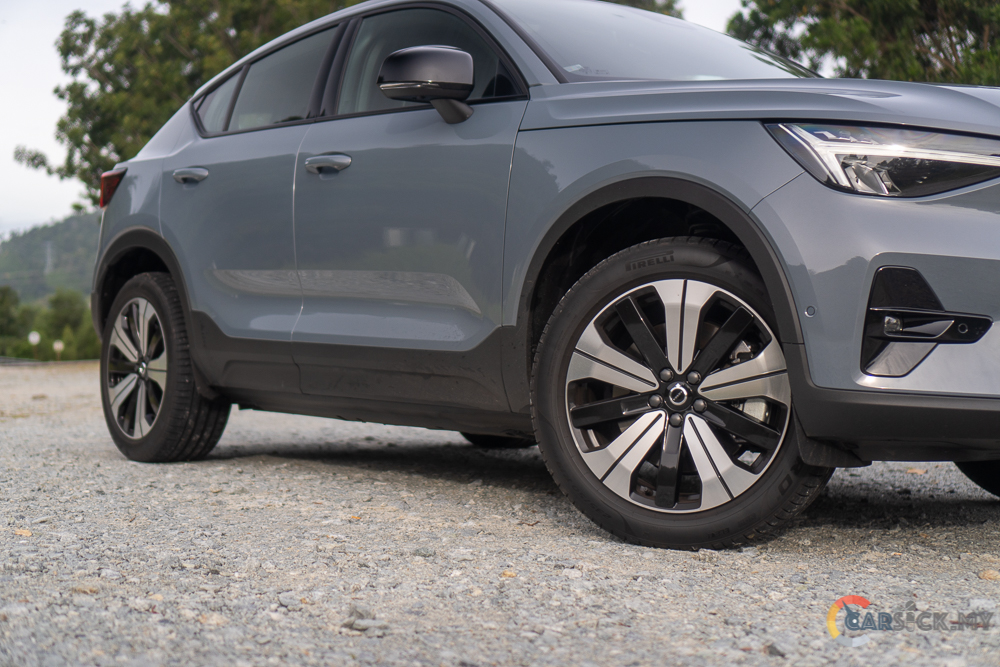
With the dual motor configuration, it enables the C40 to accelerate swiftly. Upon stomping on the throttle pedal, it accelerates as fiercely as the XC40. However, thanks to its vehicle design, the C40 boasts of superior fuel efficiency compared to the XC40. The C40’s theoretical range is 450 km, which is 12km greater than that of the XC40, but I personally get an estimated range of 370 km on a full charge. Nonetheless, this range is more than sufficient for individuals who intend to use the C40 as their daily driver.
During my review period, I had the opportunity to compare the C40 with the EQC 400 as I was reviewing both cars at the same time. If you’re interested in the EQC review, it will be available next week. Regarding the C40, I observed that the C40 was able to utilize its electric power more efficiently, with an average consumption rate of 19.8 kWh/100km. As for charging, I achieved a charging speed of approximately 69kW while using a 120kW charging facility. 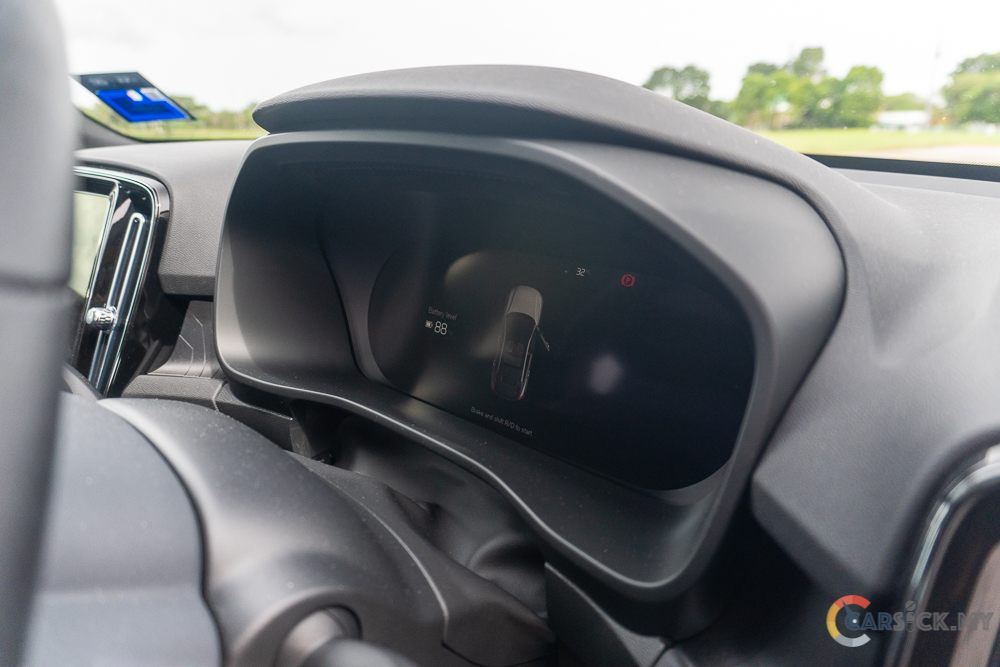
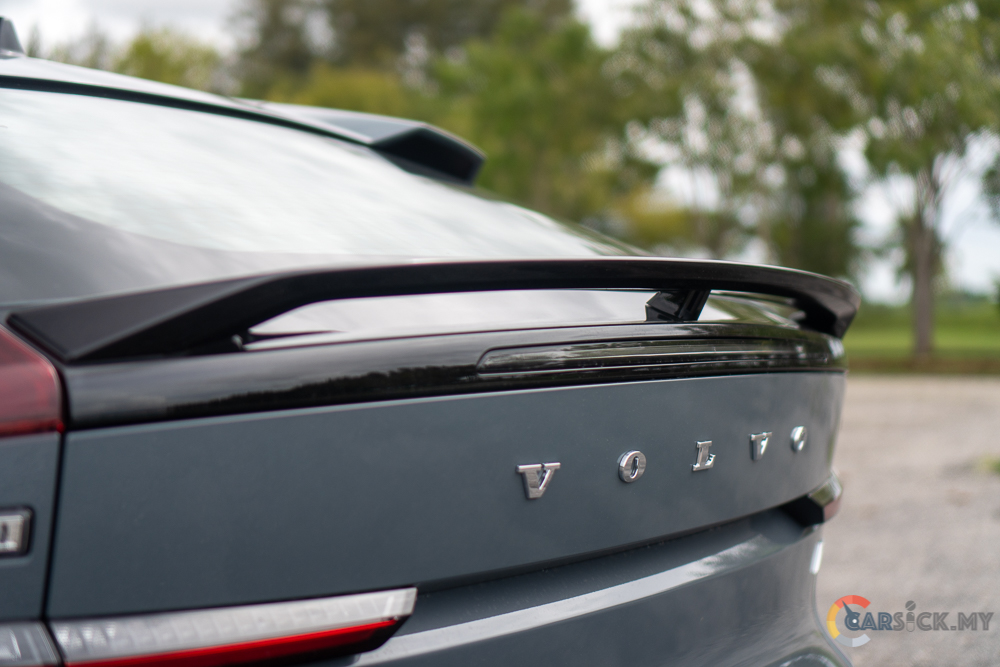
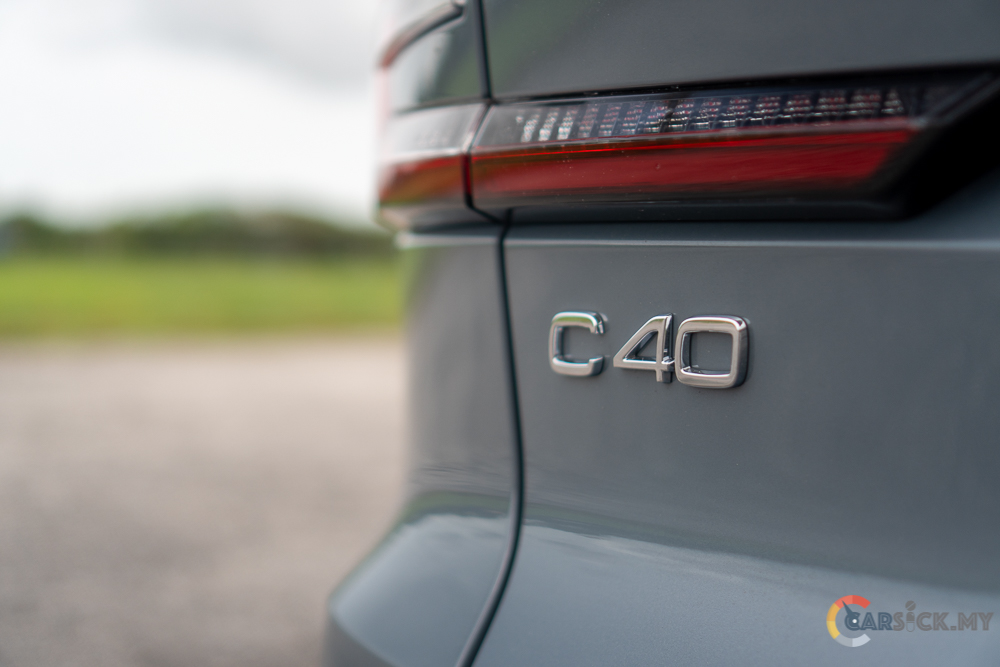
Just like the XC40, the C40 faces challenges with its weight when navigating corners. However, due to its lower roofline, the C40 delivers a more secure feel while cornering. Though this roofline slightly diminishes body roll, drivers can still feel it. On the bright side, the steering wheel and all-wheel drive system keep the C40 stable in corners. Nonetheless, with the use of lower rolling resistance tires, drivers may unknowingly reach the limit of their grip. Hence, drivers must exercise caution.
For the C40, it boasts strong brakes that work in conjunction with regenerative brakes to slow the vehicle down. It features one pedal driving, which makes it easy to estimate the rate of retardation of the regenerative brakes for smoother driving. Additionally, the C40 comes equipped with numerous standard safety and driver assistance systems to keep passengers safe. 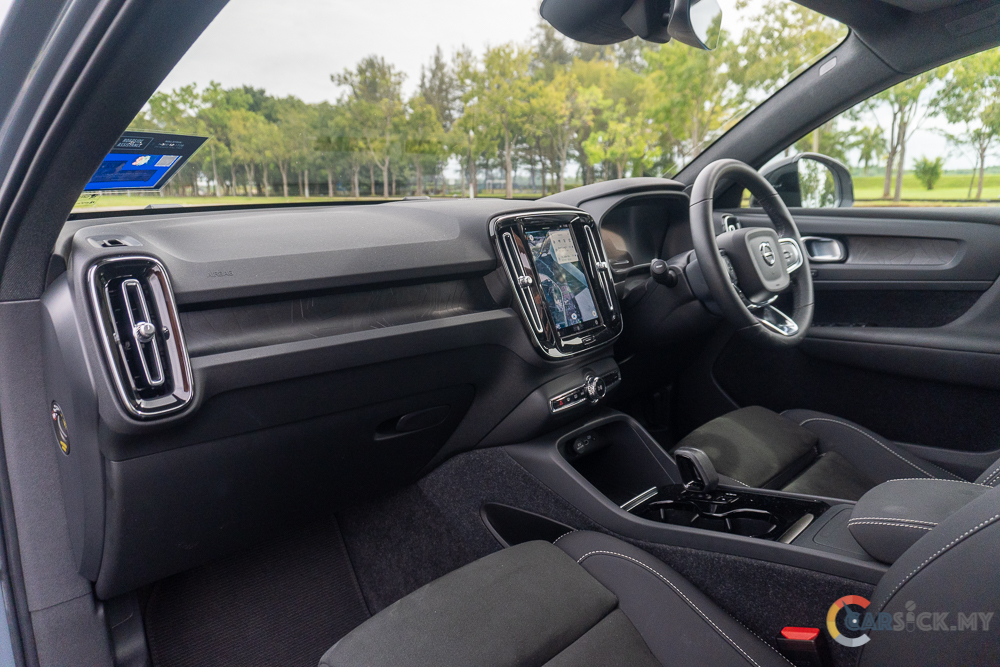
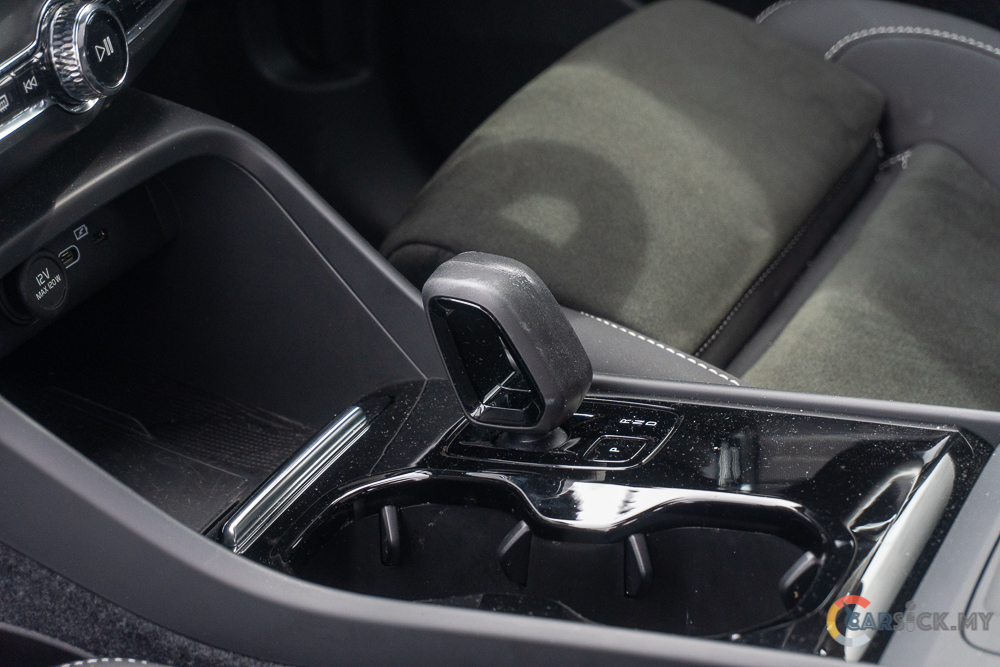
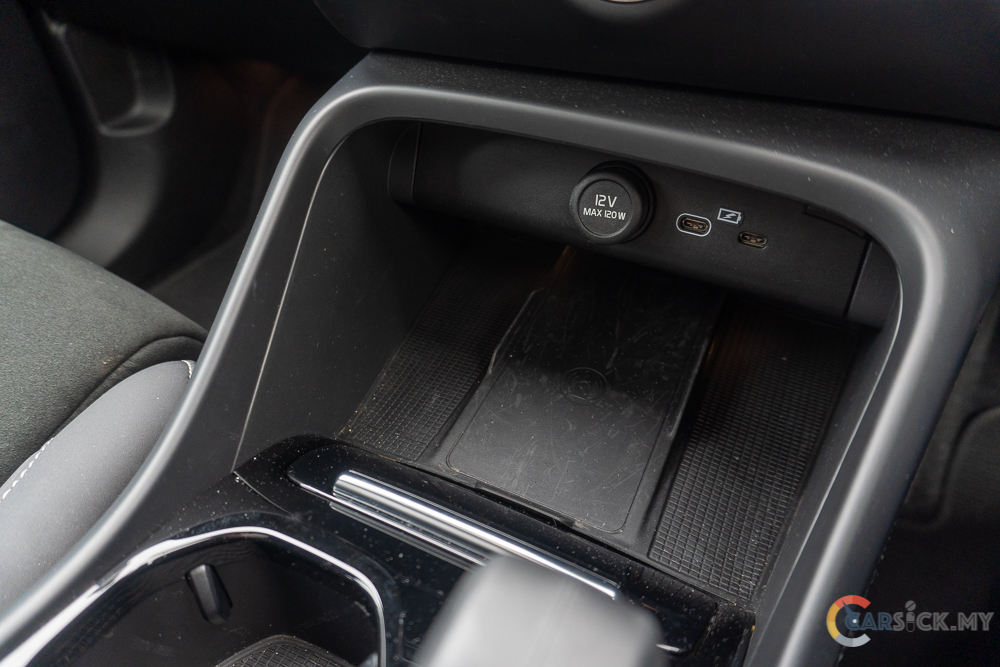
As for he safety systems, the C40 gets seven airbags, an Anti-Lock Brake System (ABS), Emergency Brake Assist (EBA), Electronic Stability Control (ESC), Electronic Brakeforce Distribution (EBD), Hill Start Assist (HSA), Hill Descent Control (HDC), Emergency Stop Assist, Pre-Prepared Restraints (PRS), and Run-Off Road Protection. And for the driver assistance system, the C40 provide additional support for the driver, including City Safety – Collision Avoidance & Mitigation Support with Auto Brake for Intersection, Pedestrian, Cyclist & Large Animal Detection, Front & Rear Collision Warning & Mitigation Support, Driver Alert Control (DAC), Lane Keeping Aid (LKA), Run-Off Road Mitigation, Blind Spot Information System (BLIS) with Steer Assist, Cross Traffic Alert (CTA) with Autobrake, and Post-Collision Auto Braking & Unlocking. 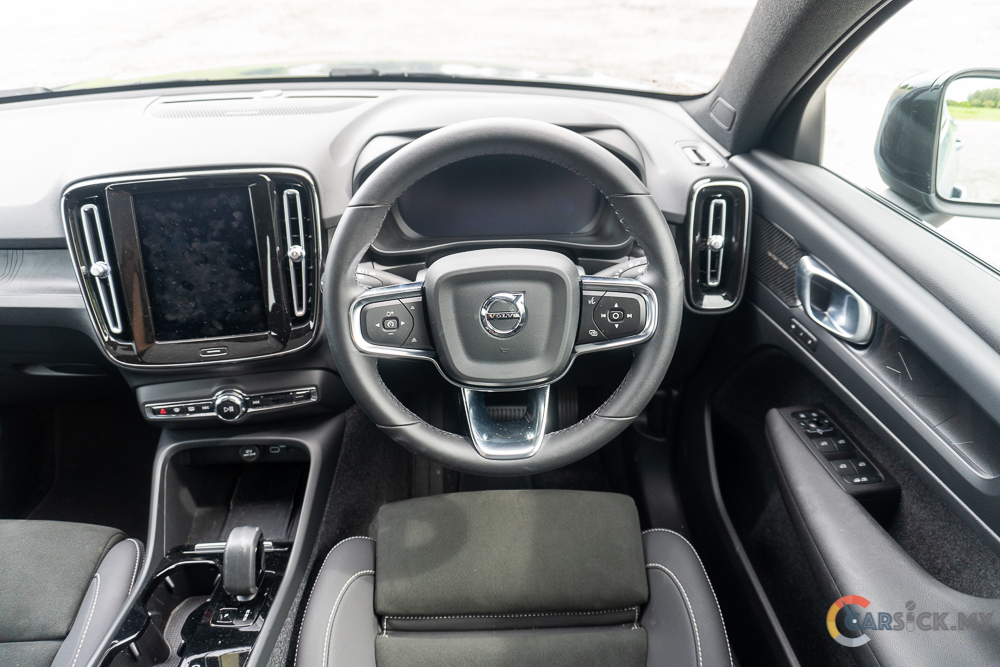
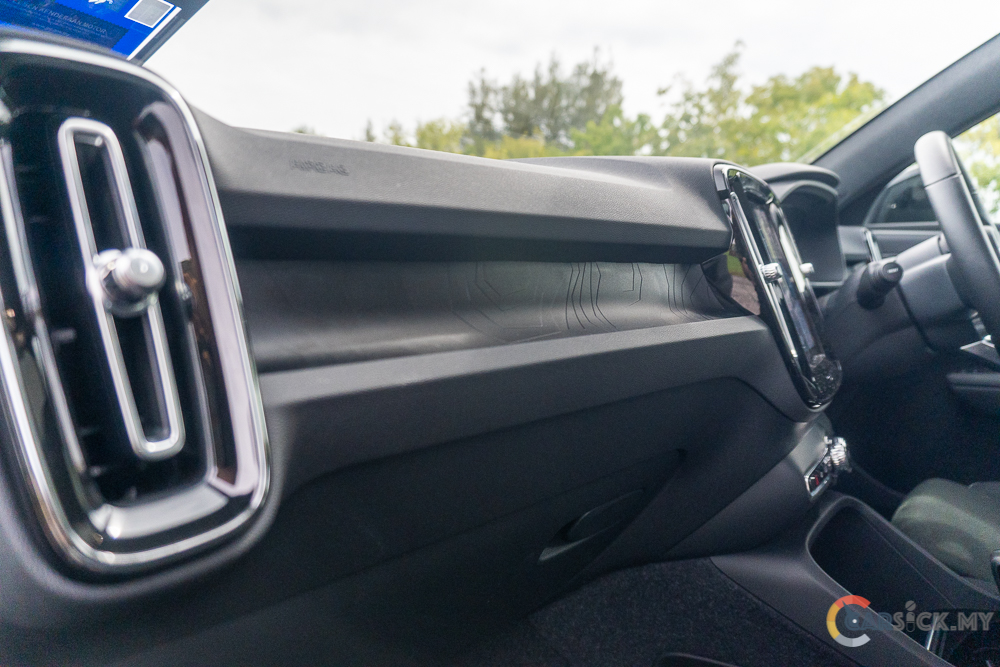
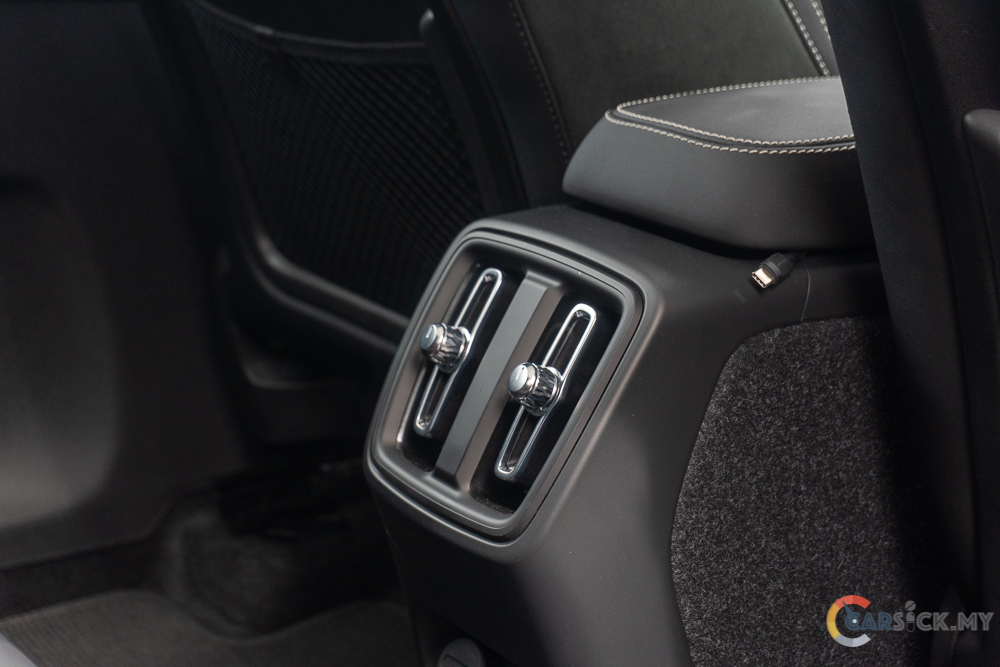
With the sporty appearance of the C40, it appeals to those seeking a more adventurous lifestyle. Despite its RM 288,408 price tag, the SUV offers considerable power, making it a worthwhile investment. As a relatively new model, driving the C40 instills a sense of exclusivity. While not as practical as its XC40 counterpart, the C40’s impressive aesthetics make it a more attractive option in my opinion.
Check out full photo album here. 